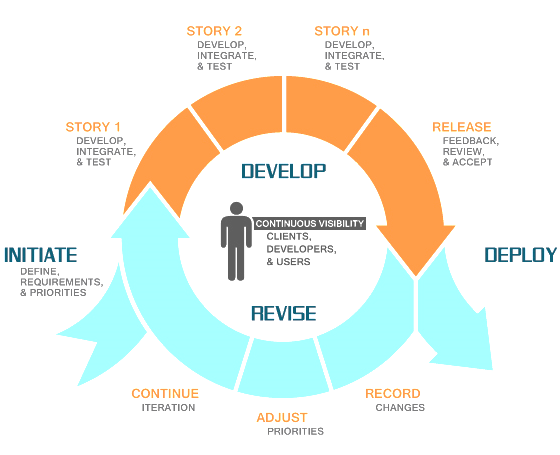
Telco AI: How to organise and partner for maximum success
Our latest research shows that only one in five telco AI projects has made the leap from proof of concept (PoC) to live deployment. How can telcos improve the hit rate and achieve real performance improvements?

